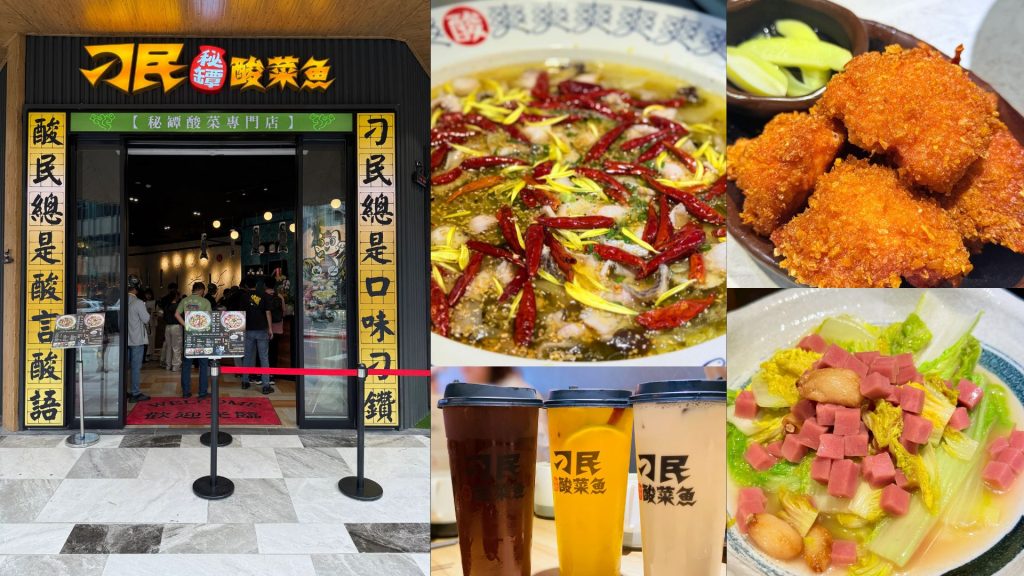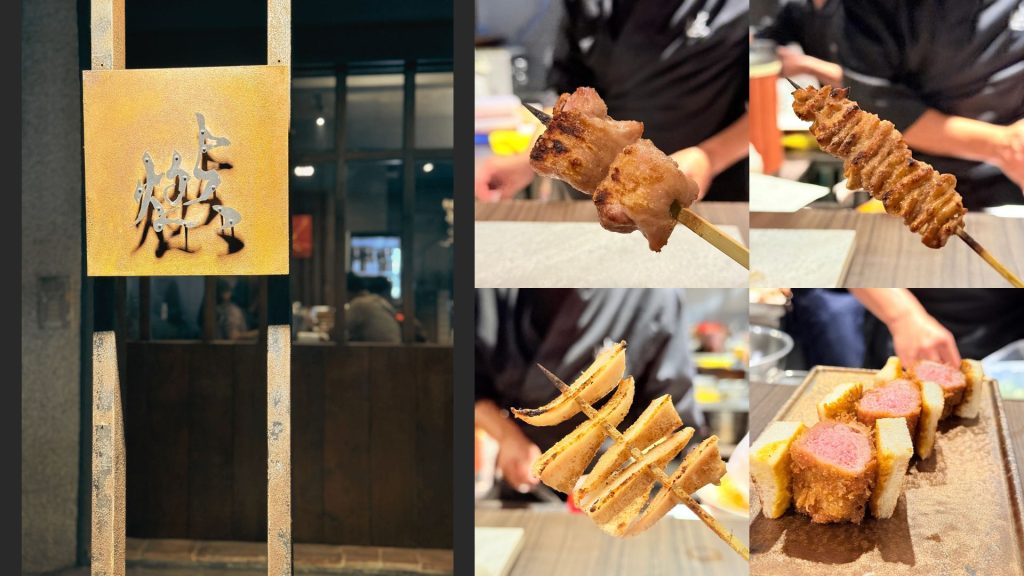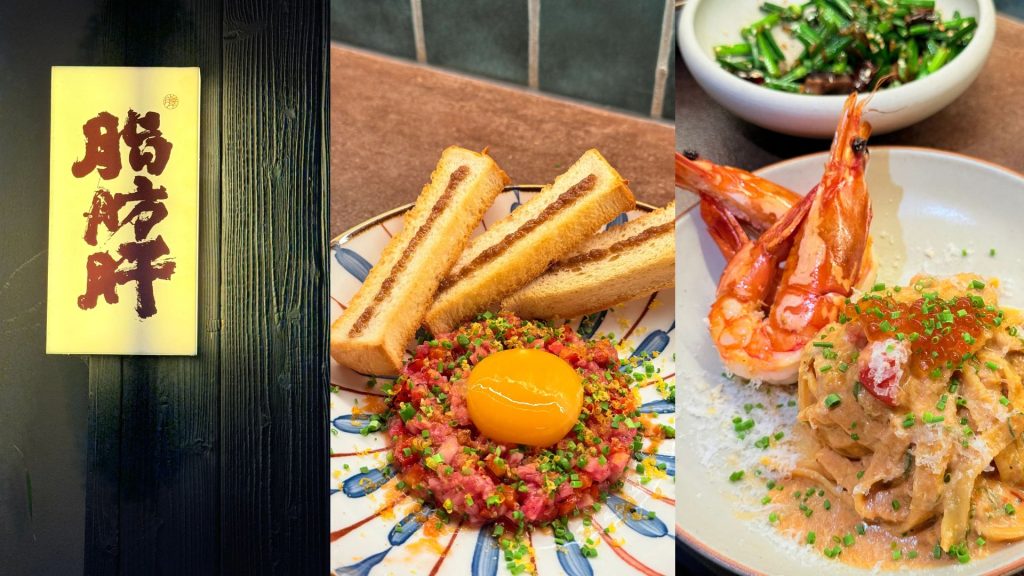刁民酸菜魚
台中起家的刁民酸菜魚終於插旗高雄啦!高雄富裕旗艦店4/11開幕後就人潮滿滿,目前僅接受現場候位,人潮相對剛開幕時有少一點,但用餐尖峰時間還是要排半小時到一小時,想吃真的要很有耐心啊~
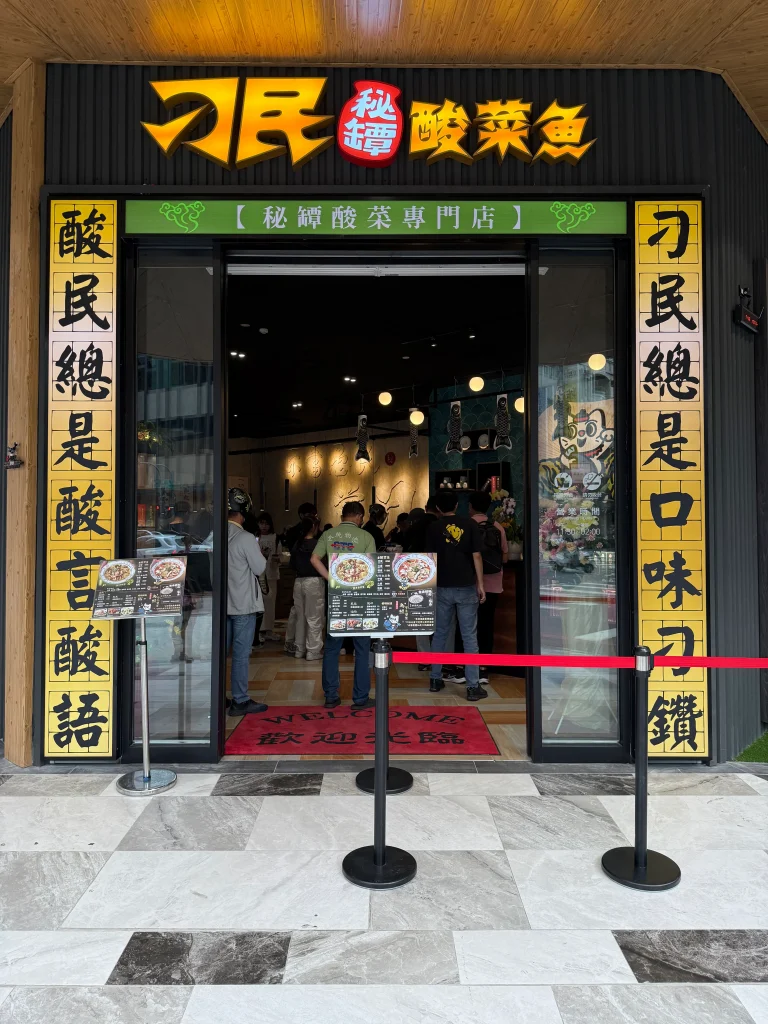
外觀裝潢一樣走刁民一貫的風格,可以看到裡面滿滿的等候人潮
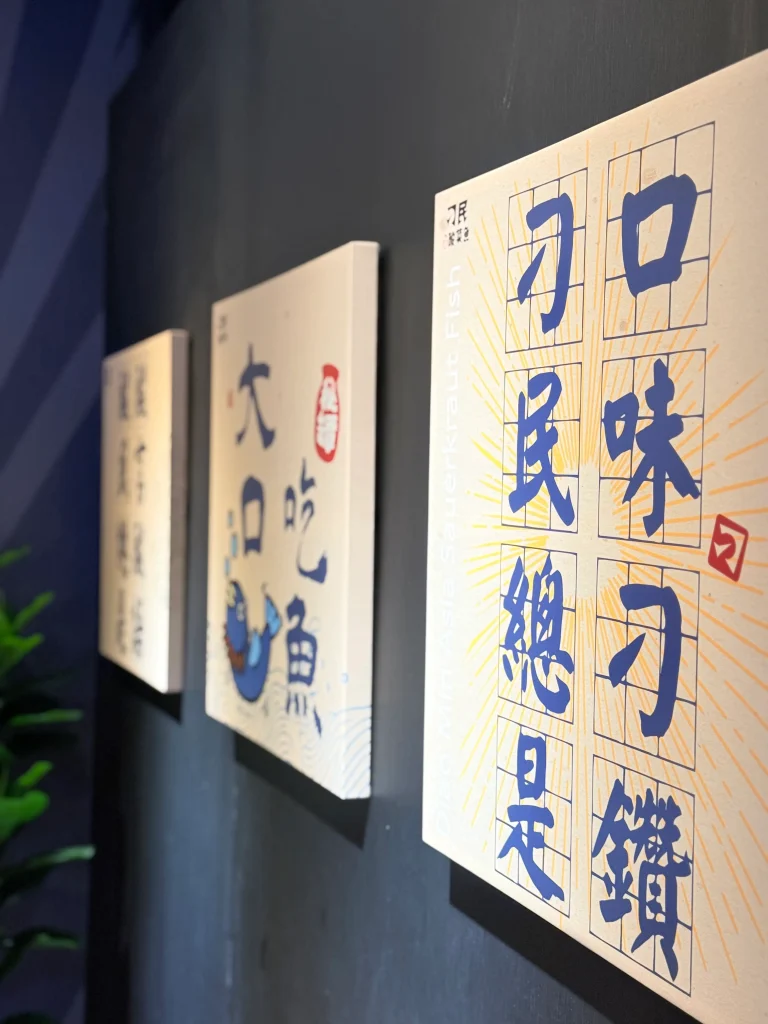
裡頭也掛幾幅充滿刁民特色的形象牌
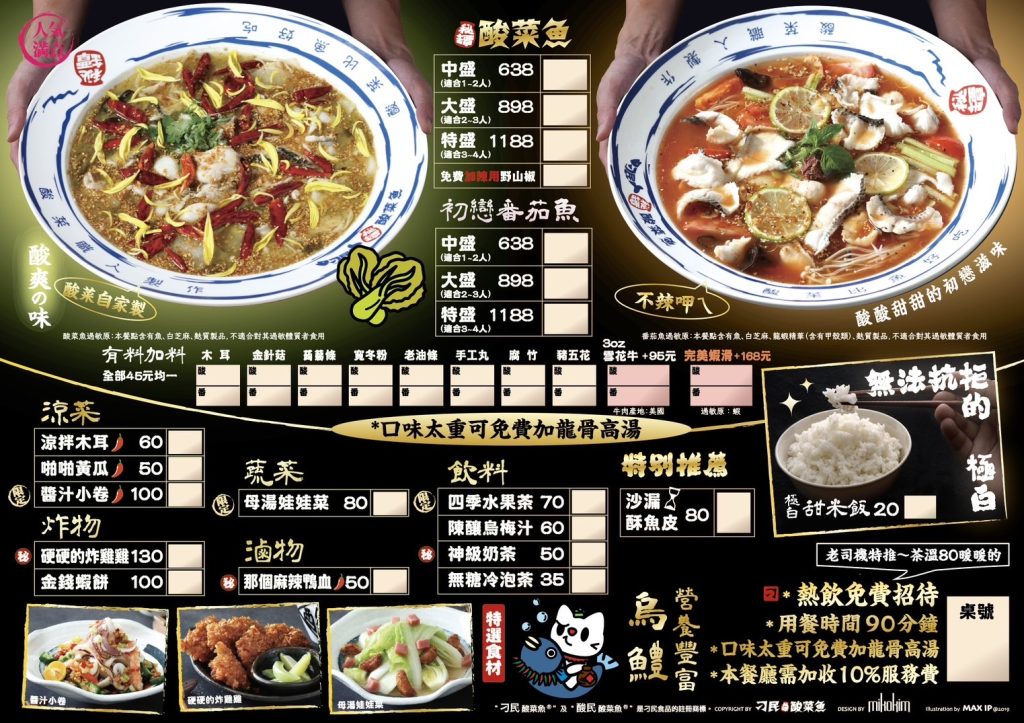
主食有秘罈酸菜魚、初戀番茄魚可以選擇,有中盛、大盛、特盛,三種不同大小可以選擇,若擔心口味太重也可以免費加龍骨高湯調整濃淡,也有涼菜、炸物、飲料可以點,選擇多樣
需注意的是酸菜魚及番茄魚的配料送單後無法做修改,因此記得確認清楚再填單~
醬汁小卷
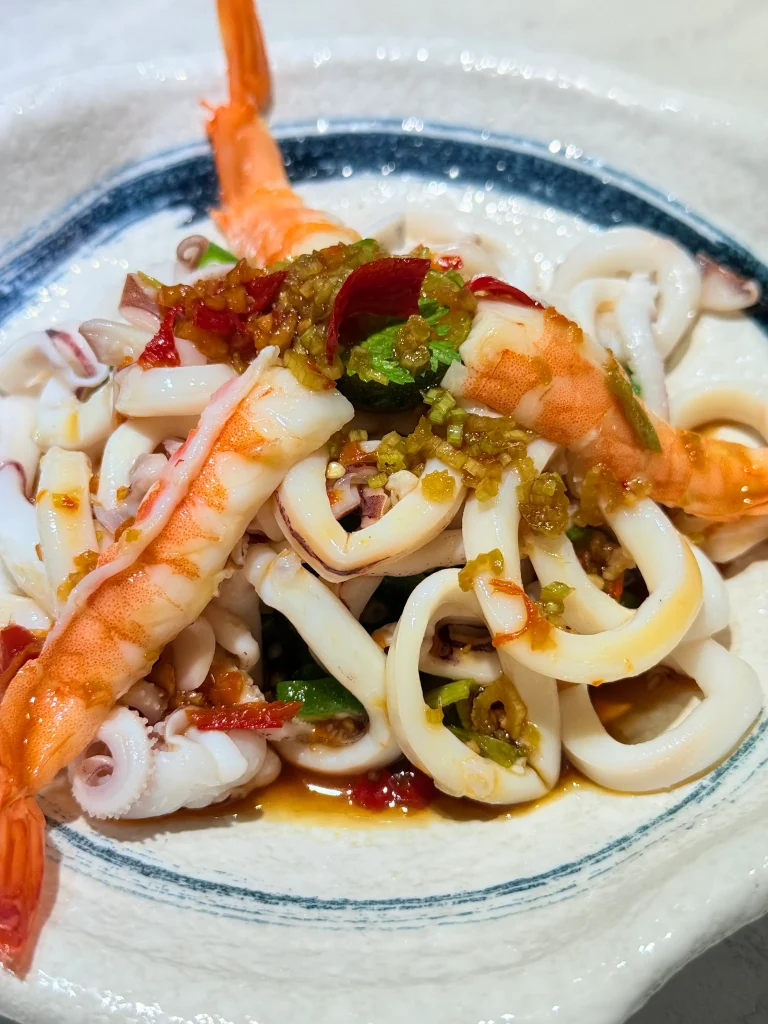
小卷鮮嫩Q彈、鮮蝦新鮮甘甜,淋上特製醬汁,以醬油的鹹香為基底,入口後帶出一抹酸甜,層次豐富、十分開胃
母湯娃娃菜
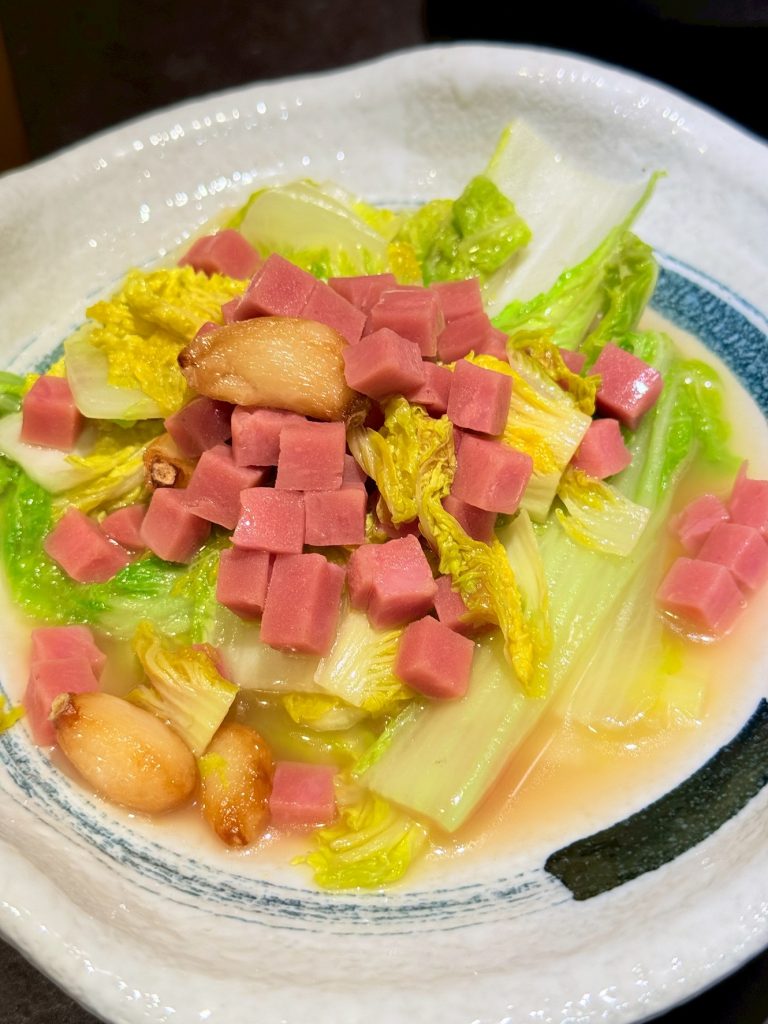
上湯娃娃菜加入火腿和爆炒過的蒜頭下去提味,讓整個口味層次更豐富,蒜頭咬開鬆軟綿密,娃娃菜軟硬適中,保有一點脆度,推薦!
硬硬的炸雞雞
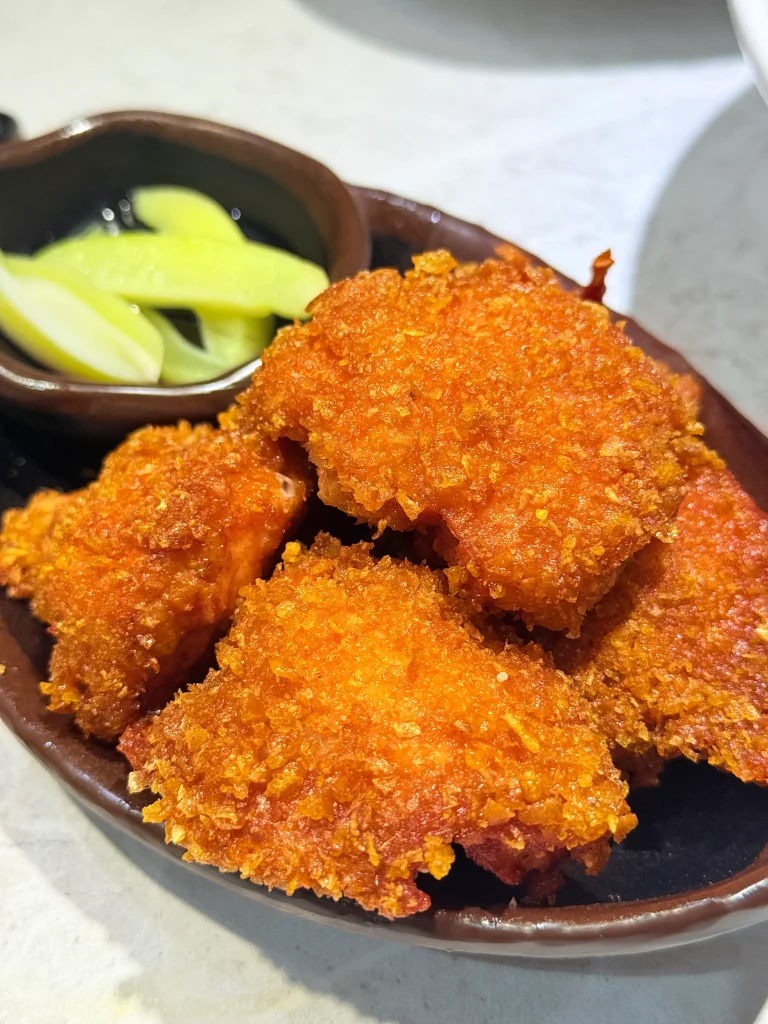
外皮麵衣炸得很酥脆,麵衣也不會太厚,雞肉很多汁也很嫩,旁邊也有情人果可以搭配吃解解膩,推薦~
刁民酸菜魚
秘罈酸菜魚(中盛)
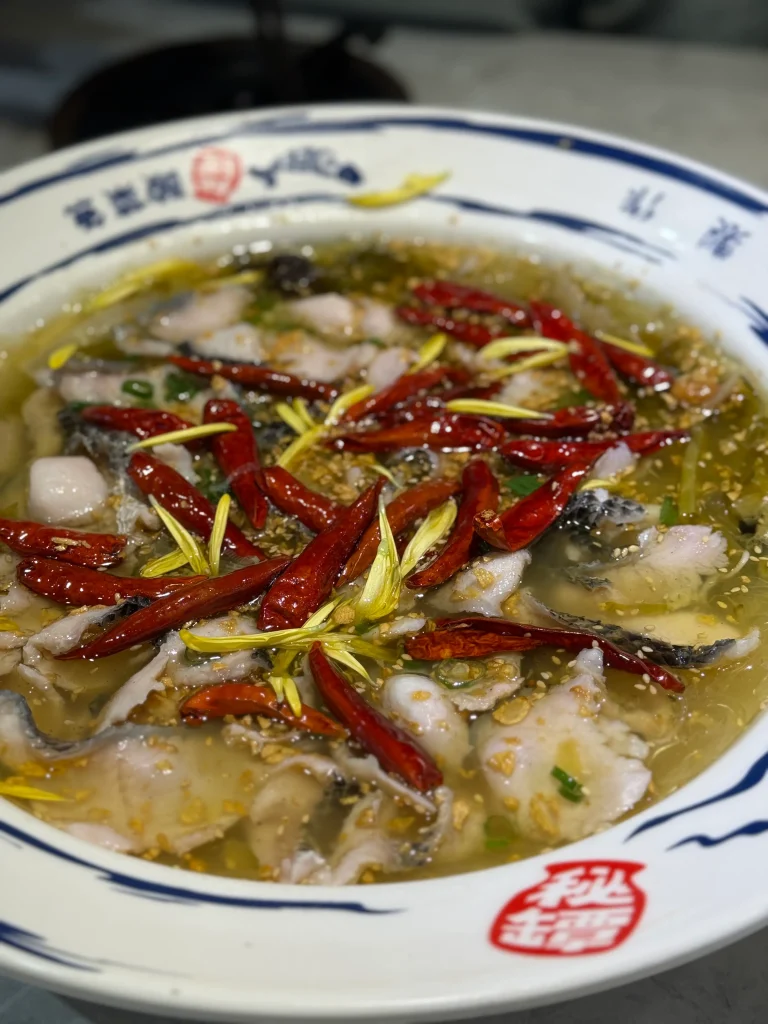
秘罈酸菜魚(特盛)
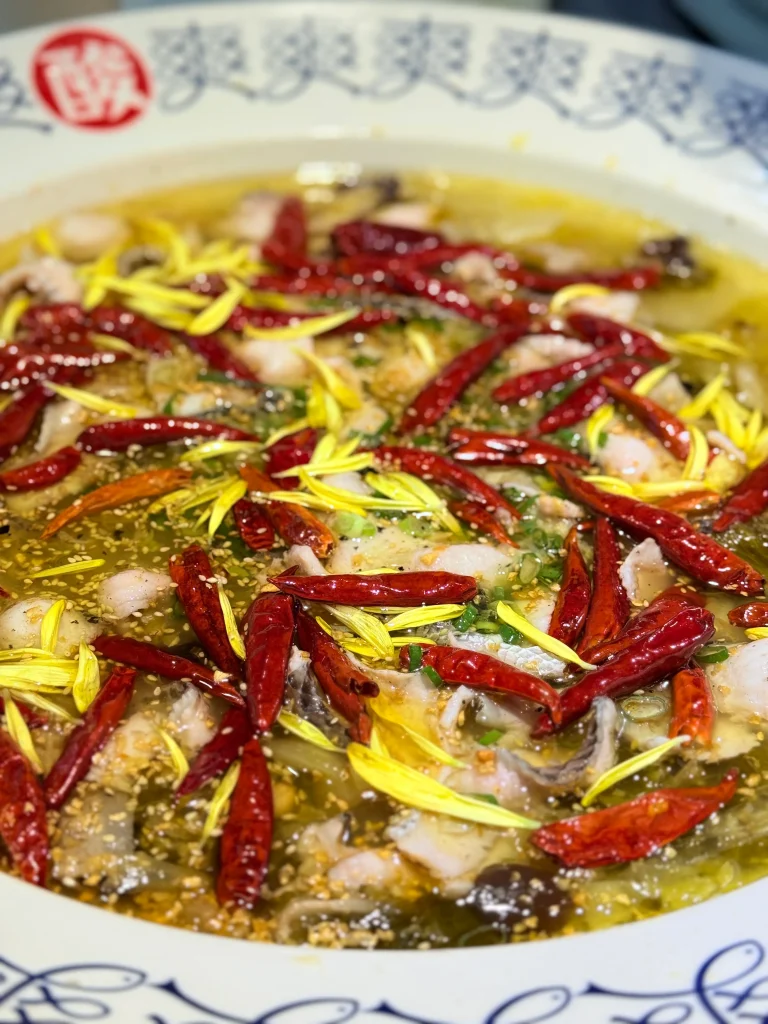
一端上桌就聞到滿滿的香氣,花椒和菊花辦讓視覺看起來更豐富,可說是色香味俱全!中盛約2人份,特盛約4人份,特盛真的超級大一盆!!!比臉盆大的口號不是說假的XD
湯頭酸甜辣三位一體,酸度來自自家醃製的酸菜,辣味則由黃金泡椒帶出,甜味則來自醃製白蘿蔔,再用熱油爆香辣椒、花椒、蒜頭與白芝麻,非常下飯;魚片是選用烏鱧魚,去掉刺後切成薄片,非常軟嫩Q彈,咬下去的纖維感不明顯、不會過柴;最底下有些許的豬肉片和寬粉,也很好吃,但份量不多,若喜歡建議再額外多點。
初戀番茄魚(中盛)
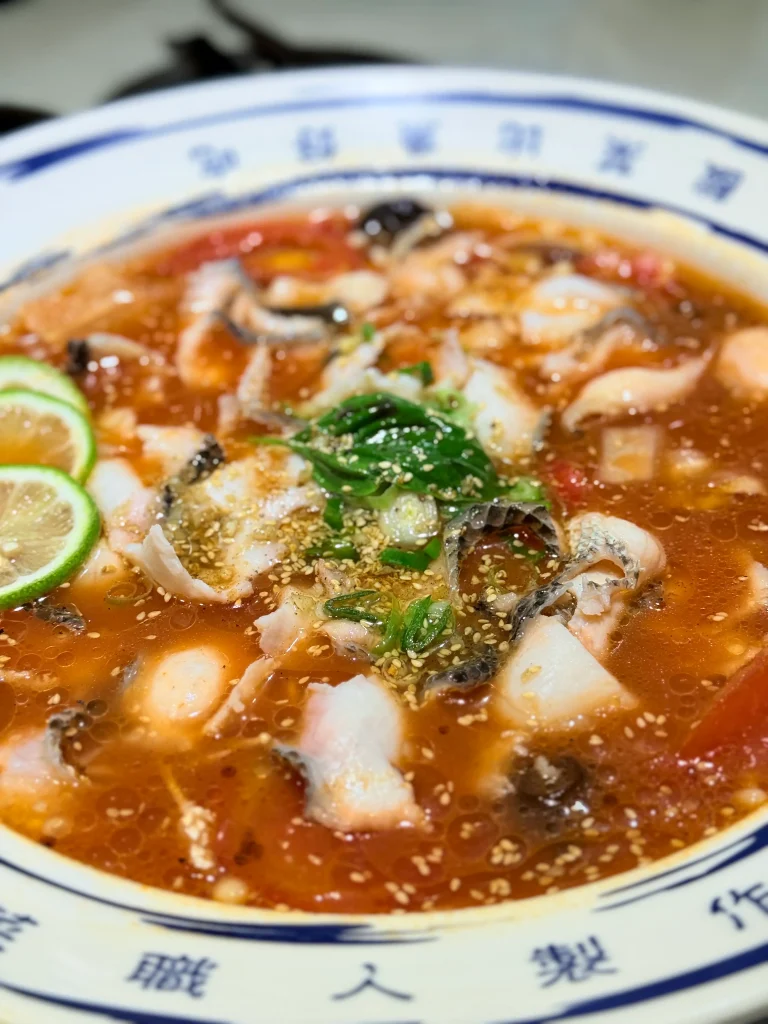
以番茄為基底,加入芹菜與洋蔥平衡湯頭,酸甜清爽、口味層次豐富,喝起來有點像羅宋湯,配上滿滿的烏鯉魚片超滿足!
讓不敢吃辣人不用擔心來刁民沒東西吃,長輩和小孩一定會喜歡這道!
飲品
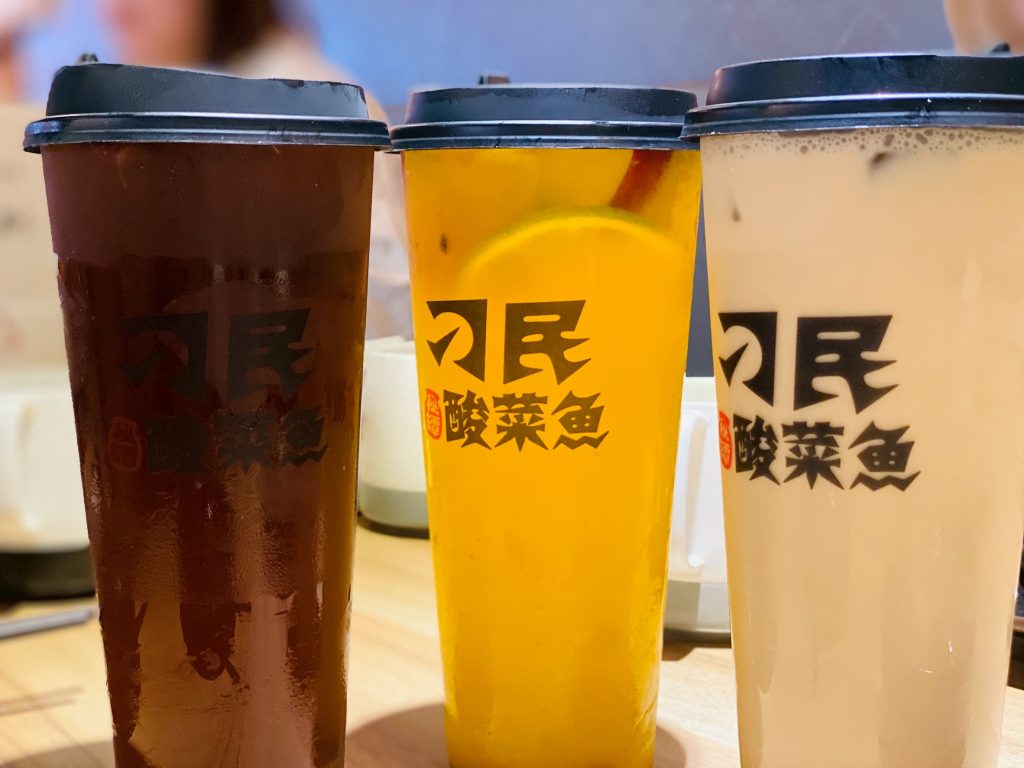
吃酸菜魚最不能少的就是飲料了~~
由左至右分別是 陳釀烏梅汁、四季水果茶、神級奶茶
烏梅汁酸中帶甜,還帶點淡淡的煙燻香氣,解膩解辣;水果茶喝起來酸酸甜甜的,裡面料很多,都是新鮮水果,好喝;神級奶茶的茶味重、奶味香醇,有點像港式奶茶的味道
這三款飲料我都蠻推薦的,就看看自己喜歡喝清爽的或是奶香的來做選擇唷~
總結一下,刁民的酸菜魚是我吃過許多家裡面最喜歡的,夠酸夠辣,也是我認為口味最像太二的,小菜、飲料也都很不錯,內用也有熱的陳皮洛神花茶可以泡來喝,一樣非常解膩好喝~
刁民果然名不虛傳,完全可以理解開幕的滿滿人潮,如果你也喜歡吃酸菜魚,絕對不能錯過刁民!
刁民酸菜魚 富裕店
地址:高雄市左營區裕誠路453號
電話:07-5506198
營業時間:11:30–02:00
用餐時間限時90分鐘
Instagram: https://www.instagram.com/twfoodgirl/
In Chinese culinary tradition, zongzi — or rice dumplings — carry as much history as they do flavor. A parcel of stuffed glutinous rice wrapped in fragrant leaves and steamed or boiled to perfection — what began centuries ago as a humble method for cooking rice has evolved across regions and cultures into an expressive culinary art.
But that is only part of the story. From east to west, across Indigenous communities, immigrant traditions, and inventive modern kitchens, Taiwan’s many styles of zongzi celebrate its rich cultural identity and deep affection for rice in all its forms.
Peel open a zongzi in Taiwan, and you’ll often be able to tell where it comes from just by looking at it. Southern-style zongzi are made by wrapping raw glutinous rice around the fillings and then boiling the
bundle until everything is tender and sticky. The result is a smooth, dense texture where the grains cling together. In contrast, northern-style zongzi are prepared with rice and fillings that are stir-fried before being wrapped and steamed, yielding a fluffier bite with a toasty depth.
In southern cities like Tainan and Kaohsiung, cài zòng, or “vegetable zongzi” — though there’s no actual vegetables in sight — feature nothing but rice and peanuts, finished with a light soy-based sauce and a further dusting of crushed peanuts for a gentle, nostalgic flavor. You can find excellent versions at MICHELIN Bib Gourmand
establishments like Yi Jia Zi in Taipei’s Wanhua District or Caizong Li in Kaohsiung.
For something heartier, Taiwan’s traditional meat zongzi are packed with bold, savory flavors — braised pork belly, shiitake mushrooms, dried shrimp, salted egg yolk, chestnuts, and in coastal areas, even dried oysters and bamboo shoots.
And then there’s the alkaline zongzi, or jianshui zong — a translucent golden dumpling that stands apart from the rest. Made by soaking glutinous rice in alkaline water, this version takes on a che

